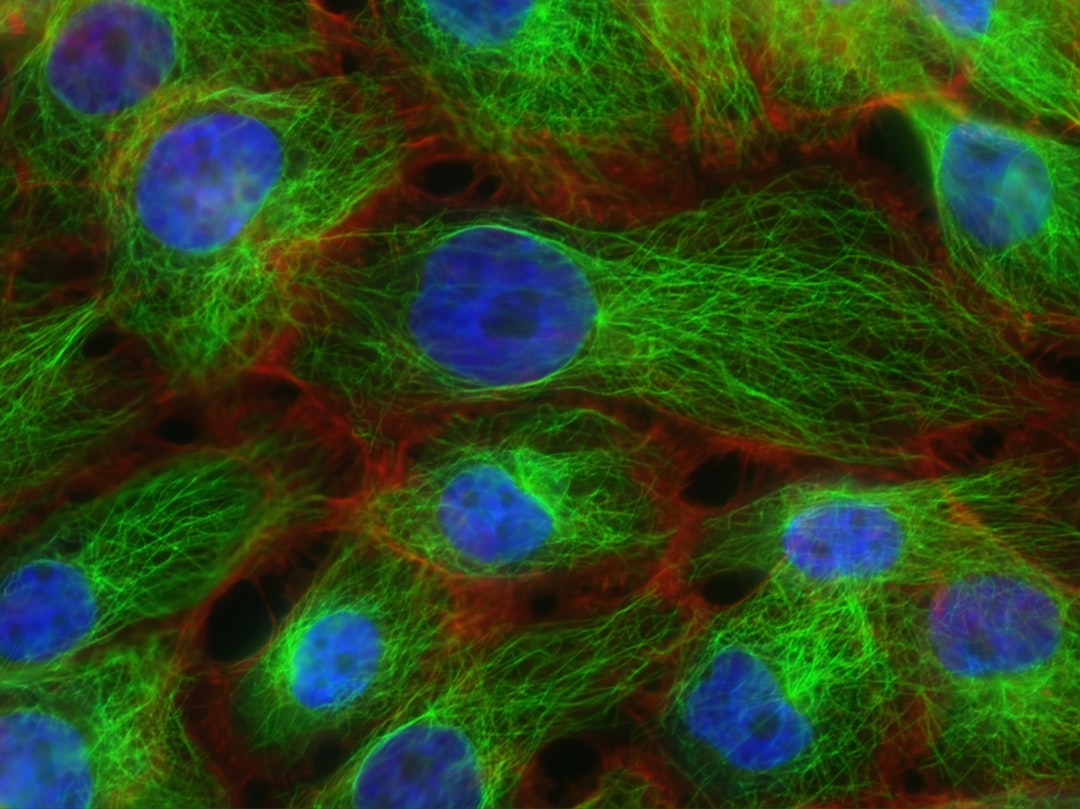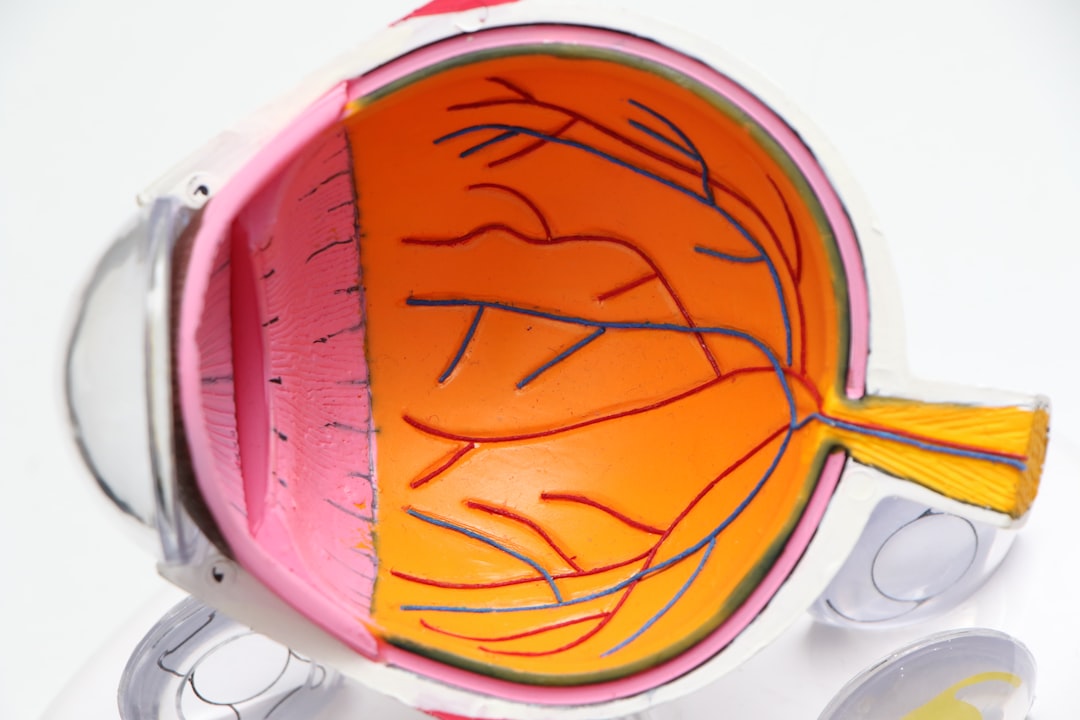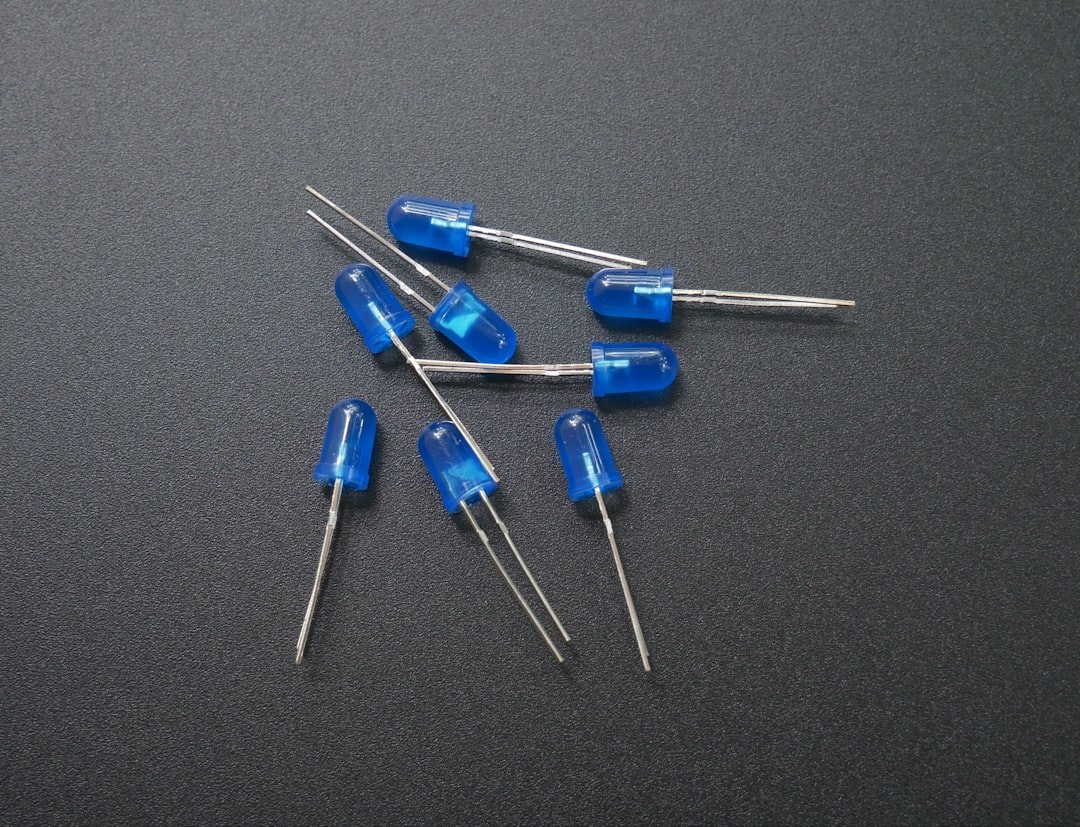What is it about?
We proposed two types of mechanisms of toxic action supported by the nano-QSAR model, which collectively govern the toxicity of the metal oxide nanoparticles. The combined experimental-theoretical study allowed us to develop an interpretative nano-QSAR model describing toxicity of 18 nano-metal oxides to a HaCaT cell line as a model for dermal exposure. In result, by the comparison of the toxicity of metal oxide nanoparticles to bacteria Escherichia coli (prokaryotic system) and a human keratinocyte cell line (eukaryotic system), we hypothesized different modes of toxic action occur between prokaryotic and eukaryotic systems.
Featured Image
Why is it important?
A first time was offered a hypothesis for different modes of toxic action that occur between prokaryotic and eukaryotic systems.
Perspectives
A new hypothesis for metal oxide nanoparticles toxicity was proposed.
Professor Bakhtiyor Rasulev
North Dakota State University
Read the Original
This page is a summary of: Towards understanding mechanisms governing cytotoxicity of metal oxides nanoparticles: Hints from nano-QSAR studies, Nanotoxicology, July 2014, Taylor & Francis,
DOI: 10.3109/17435390.2014.930195.
You can read the full text:
Resources
Contributors
The following have contributed to this page










